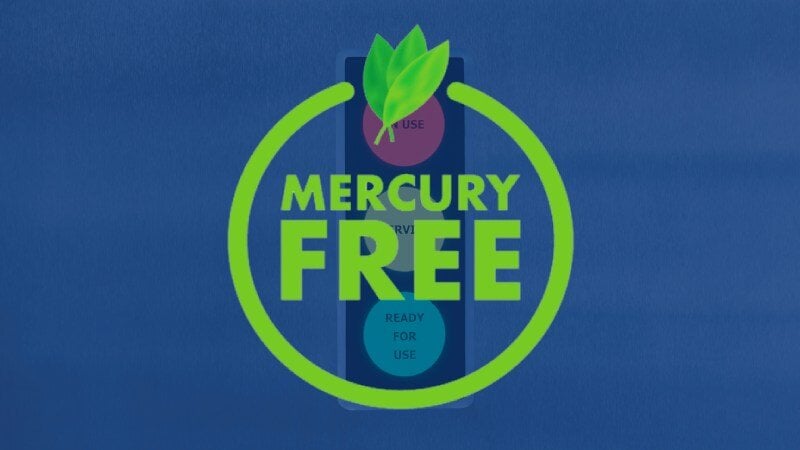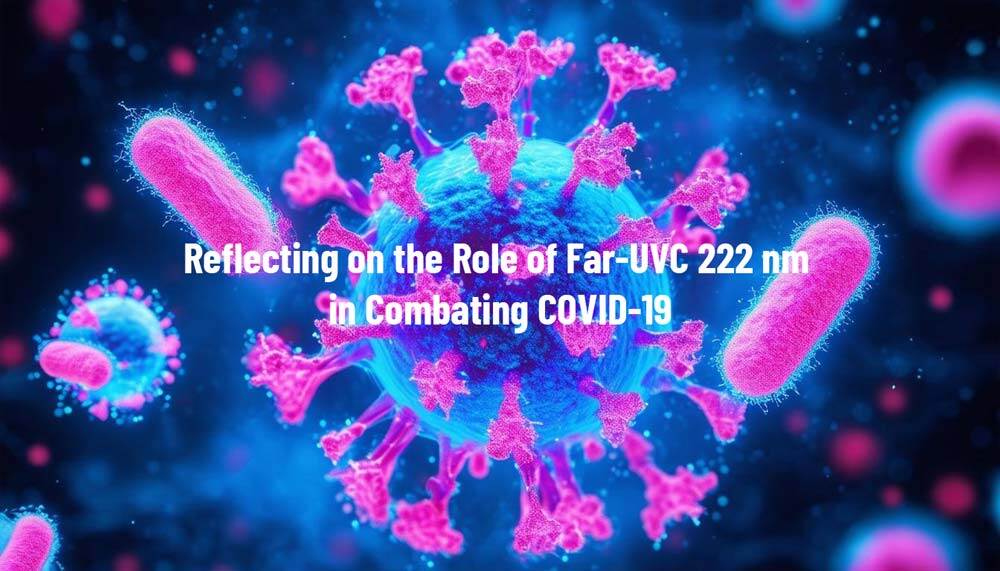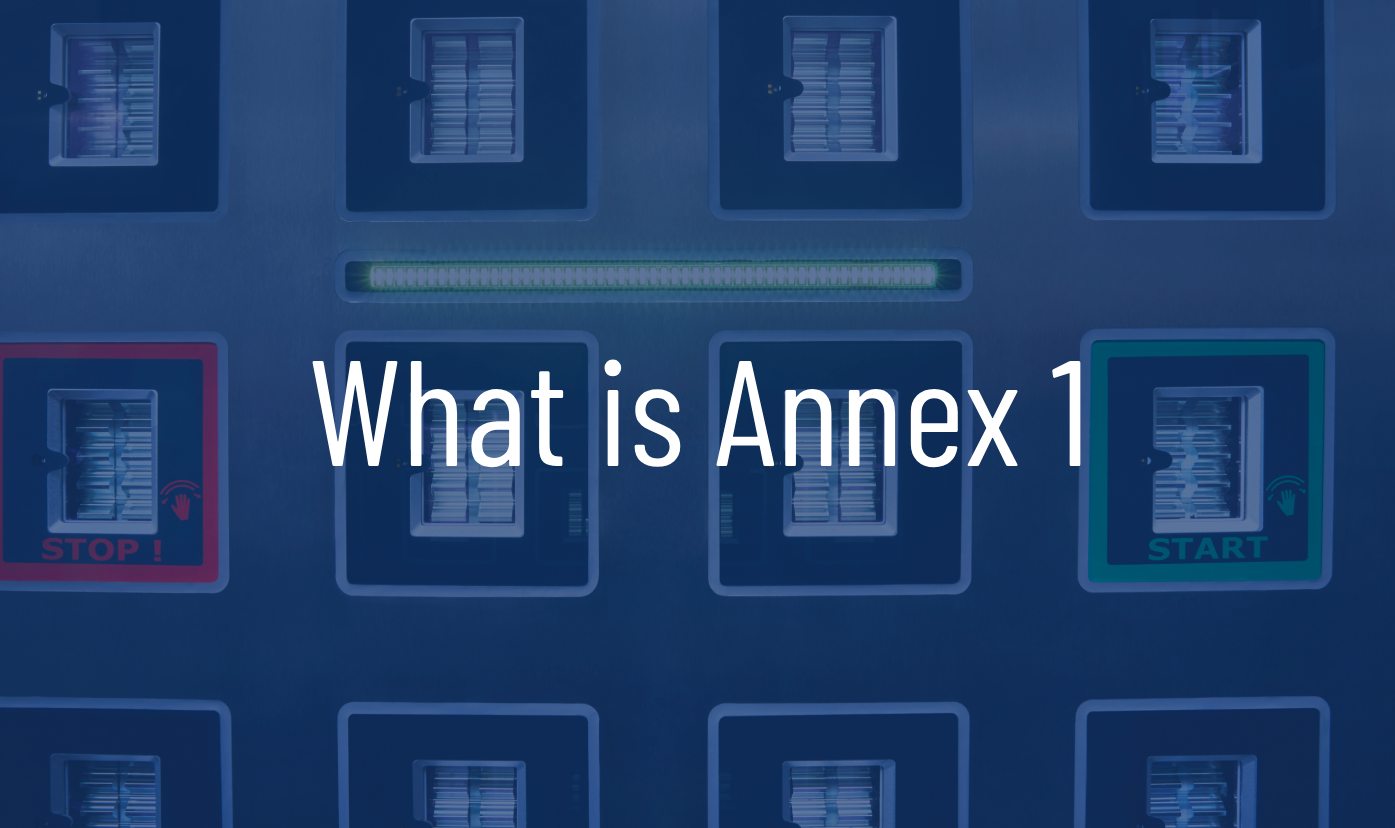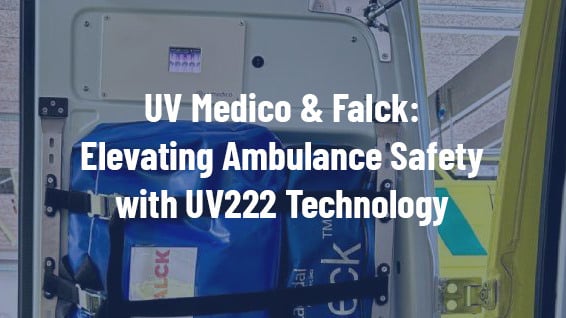5 min read
How a New Light Emerged: The Rise of Far-UVC in Disinfection Science
Emilie Hage Mogensen
:
22 Apr, 2025
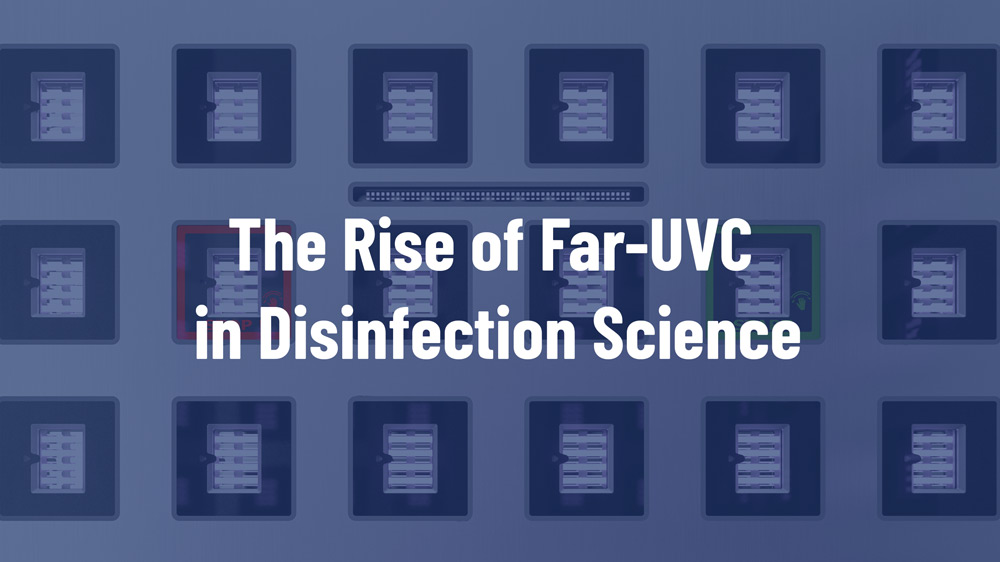
In the early 2010s, while most of the world wasn’t paying attention, a group of researchers began investigating a new idea: What if we could safely use ultraviolet (UV) light — not just in empty rooms or sterile environments — but in real-life, human-occupied spaces?
At the heart of this question was a specific slice of the UV spectrum, known as Far-UVC light. This light exists around 200 to 230 nanometers, a region just shy of the conventional UVC germicidal wavelength of 254 nm. Traditional UVC is a known germ killer — but also a hazard to human skin and eyes. Far-UVC, however, promised something different.
A New Frontier at 207 nm
Two studies from 2013 and 2015 helped kick off this shift in perspective. Both came from a team at Columbia University, working with excimer lamps that emitted 207-nanometer light — a wavelength within the Far-UVC range.
The first study focused on in vitro results: They exposed methicillin-resistant Staphylococcus aureus (MRSA) and human cells to both 254 nm and 207 nm UV light. The results were eye-opening: while both wavelengths were equally effective at killing bacteria, 207 nm also spared the human cells.
The second study pushed these findings in vivo, using hairless mice. Even at bactericidal fluences, 207-nm light produced no significant epidermal damage, inflammation, or pre-mutagenic DNA lesions — outcomes that conventional UVC could not avoid.
These early findings sparked cautious optimism. For the first time, researchers had evidence that a narrow band of UVC could disinfect without harming human tissue.
222 nm Takes the Stage
While 207 nm remained promising, it wasn’t widely available in commercial excimer lamps. But 222-nm light, emitted by krypton-chlorine (KrCl) excimer lamps, was — and researchers wondered if it might offer the same benefits.
In 2017, another study by the same Columbia group validated that hypothesis. Their work showed that 222-nm light was just as effective as 254-nm UVC in killing MRSA, but again, without causing DNA damage or skin inflammation in either 3D human skin models or live mice.
They had essentially confirmed the existence of a “sweet spot” in the Far-UVC range: 222 nm, where pathogens die, but human cells remain untouched.
Not All Far-UVC Is Created Equal
As interest grew, one crucial insight emerged: wavelength alone isn’t enough. Even lamps advertised as "222-nm" can emit trace amounts of longer wavelengths — including harmful UVC and UVB components — unless they are properly filtered.
Studies in both human skin models and live animals have shown that unfiltered KrCl excimer lamps can induce DNA damage at relatively low doses. In contrast, lamps equipped with a bandpass optical filter effectively block emissions above 230 nm, preventing penetration into deeper skin layers and avoiding CPD or 6-4PP DNA lesion formation.
This means that the safety of Far-UVC depends not only on the wavelength range but also on the quality of spectral filtering. Without a proper filter, even a 222-nm source could pose risks.
COVID-19 Changes Everything
Then, the world changed.
As the COVID-19 pandemic swept across the globe in early 2020, the need for new, safe, and scalable disinfection tools became urgent. Interest in Far-UVC light exploded. Suddenly, what had been a niche scientific endeavor became a global research priority.
Dozens of labs began testing Far-UVC light against coronaviruses, studying its effects in rooms and public spaces. The promise of continuous, human-safe, airborne disinfection became not just intriguing — but necessary.
A New Chapter
Since those early days in 2013, Far-UVC has come a long way. What started with two quiet studies on 207 nm UV light has evolved into a growing field backed by global interest, real-world trials, and a surge in technological development. The vision is clearer than ever: a world where invisible, harmless UV light silently reduces airborne disease transmission wherever people gather. Far-UVC isn’t just a tool. It might be a public health revolution.
Bringing Science to the Real World: Our Filtered Far-UVC Solutions
As Far-UVC research continues to mature, so too does the technology that brings it into everyday life. At UV Medico, we’ve taken the lead in translating this science into safe and effective disinfection tools.
Our Far-UVC products are built around filtered KrCl excimer lamps, carefully engineered to emit only the desired 222-nm wavelength while eliminating harmful longer-wavelength components. This meticulous filtering ensures that our lamps meet the highest safety standards — not only in theory, but in real-world use.
Whether installed in cleanrooms, healthcare facilities, ambulances, offices, or public transport, our systems are designed for continuous operation in occupied spaces, providing around-the-clock disinfection without compromising human health.
In a world increasingly focused on airborne hygiene, we’re proud to help turn the promise of Far-UVC into a practical, scalable solution. The science is sound. Now it’s about implementation — safely, and at scale.
FAQ on the history of UV222
-
What is far-UVC light, and how does it differ from traditional UVC?
Far-UVC refers to a specific range of ultraviolet light, typically between 200 and 230 nanometers. Unlike conventional UVC (commonly 254 nm), which is effective at killing microbes but harmful to human tissue, far-UVC — particularly 222 nm — can inactivate pathogens without penetrating or damaging human skin or eyes, when properly filtered.
-
Why is 222 nm considered a "sweet spot" for disinfection?
Research has shown that 222-nm UV light is highly effective at killing bacteria and viruses while being safe for human exposure. It doesn’t penetrate the outer layers of the skin or the tear layer of the eye, meaning it avoids the DNA damage seen with other UV wavelengths — as long as the light source is properly filtered.
-
How did the COVID-19 pandemic impact the development of far-UVC technology?
The COVID-19 outbreak in 2020 accelerated global interest in far-UVC technology. With the urgent need for safe, continuous disinfection methods in public spaces, far-UVC moved from a niche research topic to a mainstream public health innovation, leading to extensive new research and rapid product development.
-
Are all 222-nm UV lamps safe to use around people?
Not necessarily. While 222 nm itself is considered safe, many lamps can emit trace amounts of harmful UVB and longer-wavelength UVC light if not properly filtered. That’s why spectral filtering is critical — only filtered KrCl excimer lamps that block emissions above 230 nm ensure true safety for human exposure.
-
What role did Columbia University play in advancing far-UVC research?
Researchers at Columbia University were pioneers in the field, publishing landmark studies in 2013, 2015, and 2017 that demonstrated the germicidal power and safety of far-UVC light, first at 207 nm and later at 222 nm. Their work laid the scientific foundation for today’s far-UVC technologies.
-
How does UV Medico ensure the safety of its far-UVC products?
UV Medico uses filtered KrCl excimer lamps that emit only the 222-nm wavelength and block harmful spectral components. This design ensures that their systems can operate safely in occupied spaces, from hospitals and cleanrooms to offices and public transportation — offering continuous disinfection without compromising human health.
-
References
- Buonanno M. et al. (2013). 207-nm UV light – A promising tool for safe, low-cost reduction of surgical site infections. I: In Vitro studies. PLoS ONE. https://doi.org/10.1371/journal.pone.0076968
- Buonanno M. et al. (2015). 207-nm UV Light—A promising tool for safe low-cost reduction of surgical site infections. II: In-vivo safety studies. PLoS ONE. https://doi.org/10.1371/journal.pone.0138418
- Buonanno M. et al. (2017). Germicidal efficacy and mammalian skin safety of 222-nm UV light. Radiation Research, 187(4), 493–501. https://doi.org/10.1667/RR0010CC.1
- Buonanno M. et al. (2021). Exposure of human skin models to KrCl excimer lamps: The impact of optical filtering. Photochemistry and Photobiology, 97, 517–523. https://doi.org/10.1111/php.13383
- Narita K. et al. (2022). Effect of ultraviolet C emitted from KrCl excimer lamp with or without bandpass filter to mouse epidermis. PLoS ONE, 17(5): e0267957. https://doi.org/10.1371/journal.pone.0267957
 UV222™
UV222™ UV222 Linear
UV222 Linear UV222 Downlight
UV222 Downlight Vertex 222
Vertex 222.png) UV222 Pendant
UV222 Pendant.png) UV222 Booth
UV222 Booth.png) UV222 Step-On
UV222 Step-On.png) UV222 Cleanroom Downlight
UV222 Cleanroom Downlight UV222 Dual Downlight 60x60
UV222 Dual Downlight 60x60 UV222 Material Airlock
UV222 Material Airlock UV222 Ambulance
UV222 Ambulance UV222 Compact
UV222 Compact UV222 Industrial
UV222 Industrial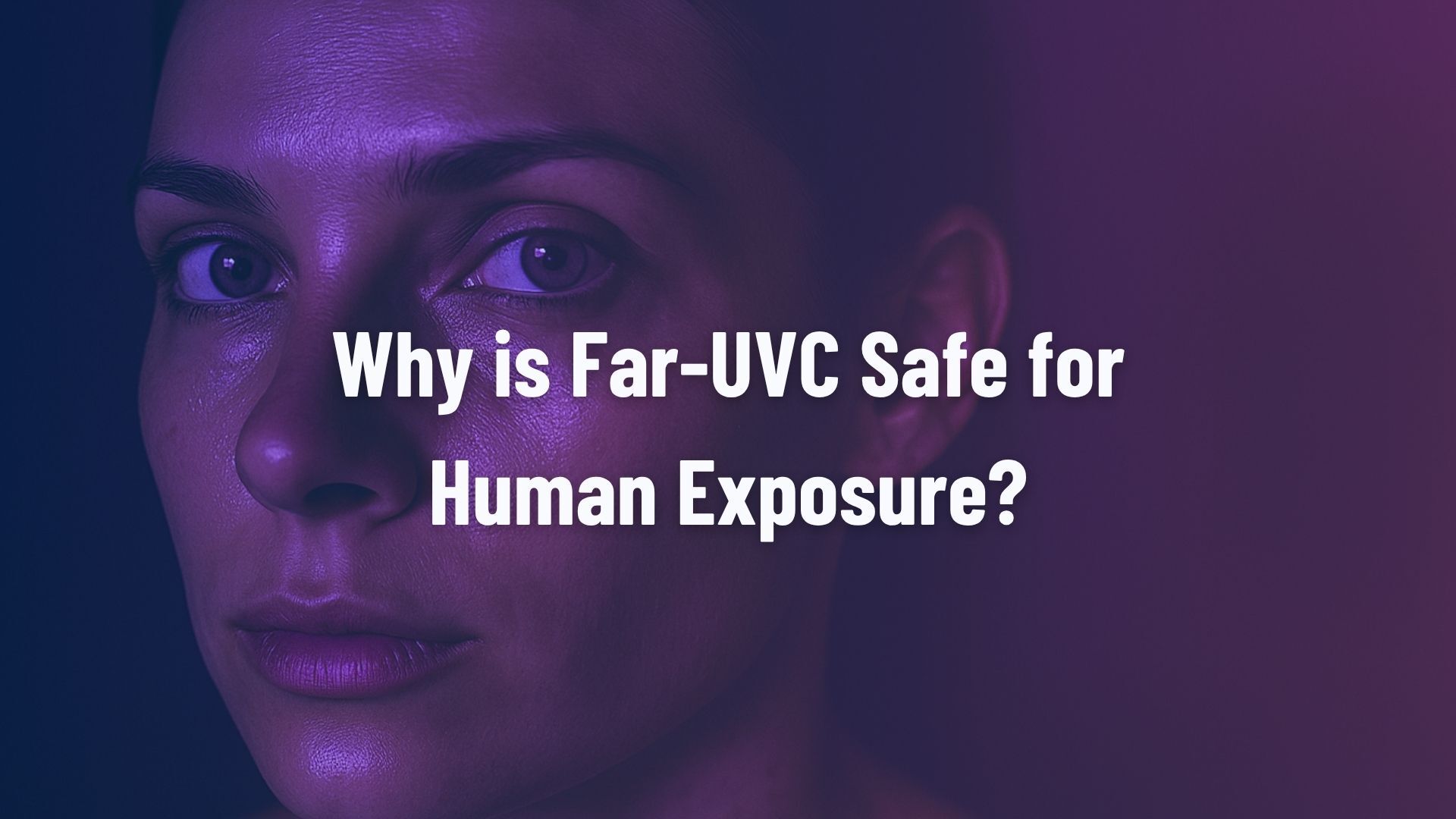
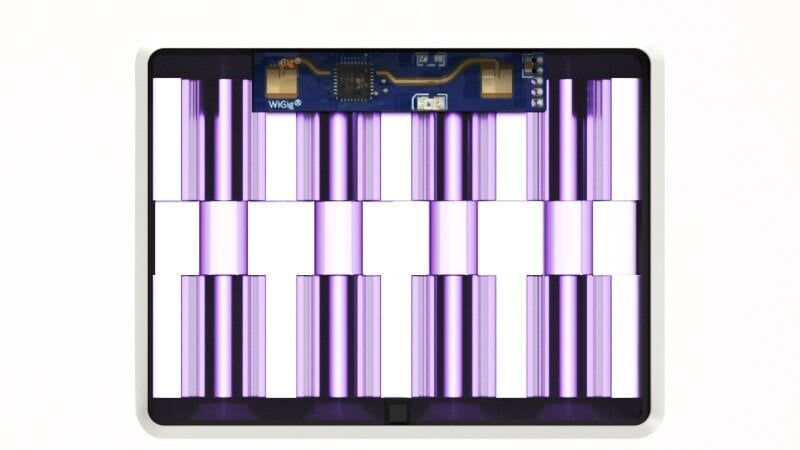

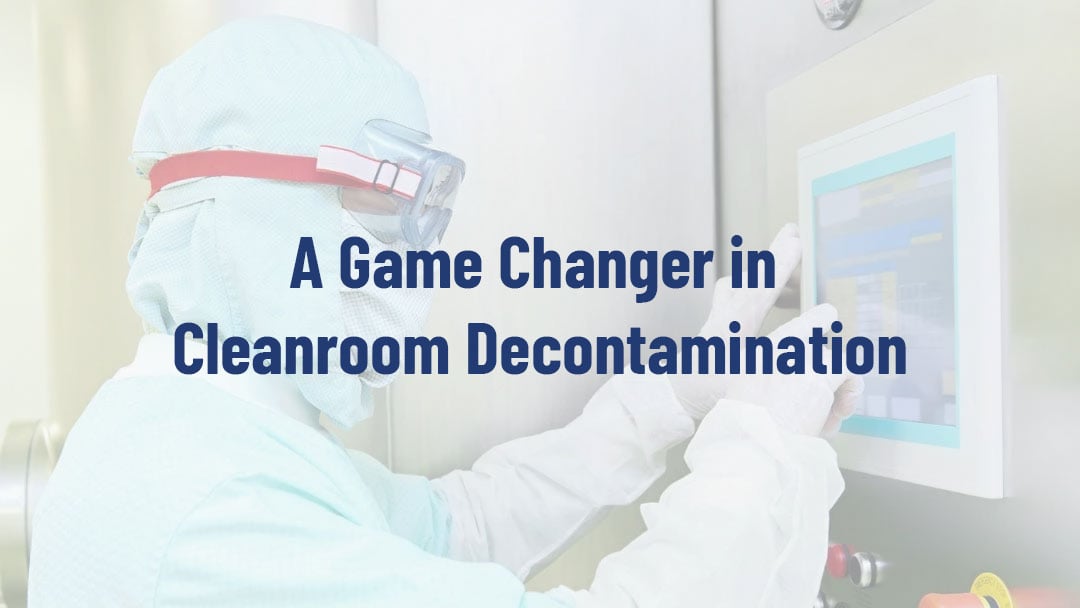
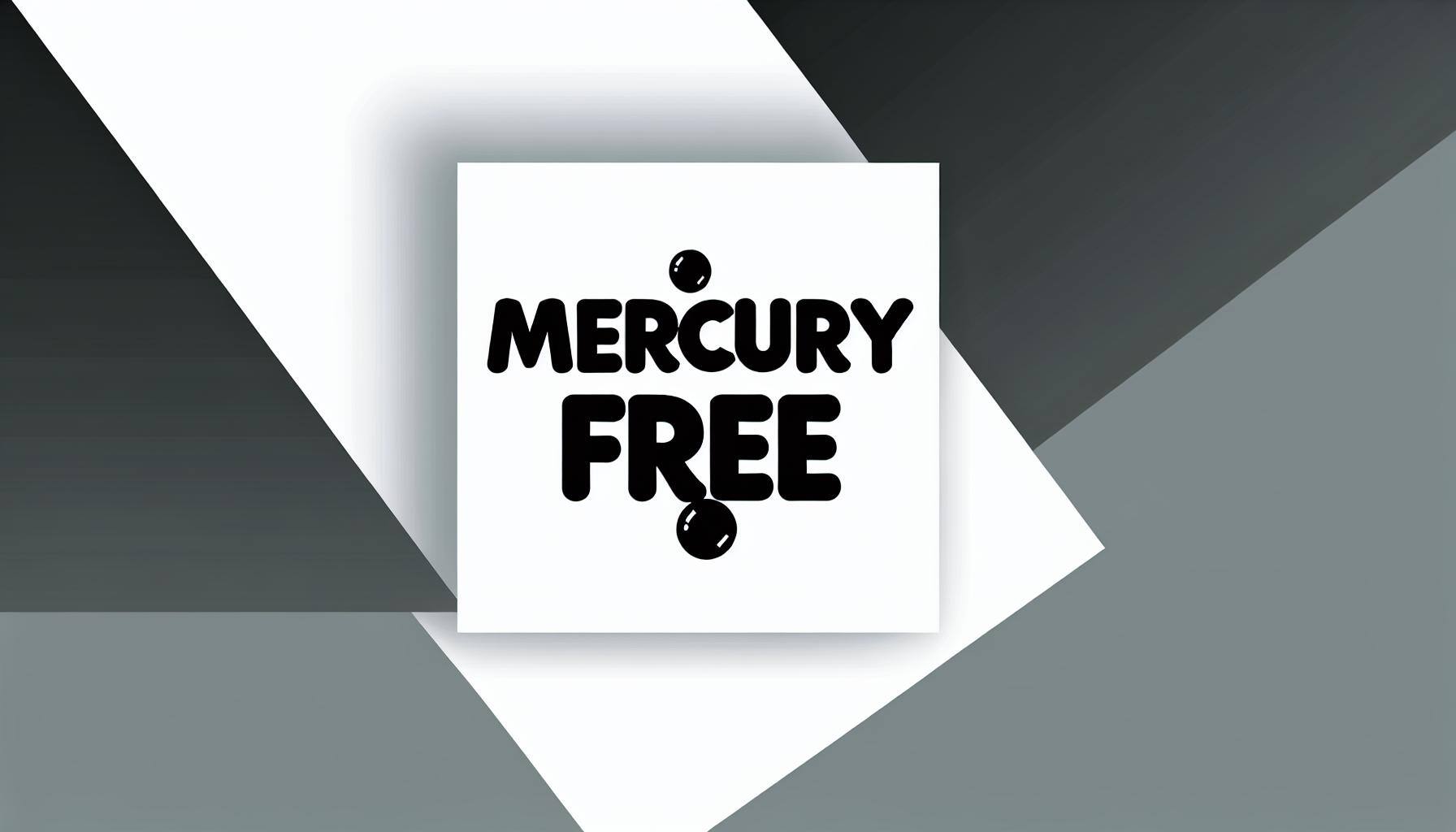
%20(3)%20(2).png)
